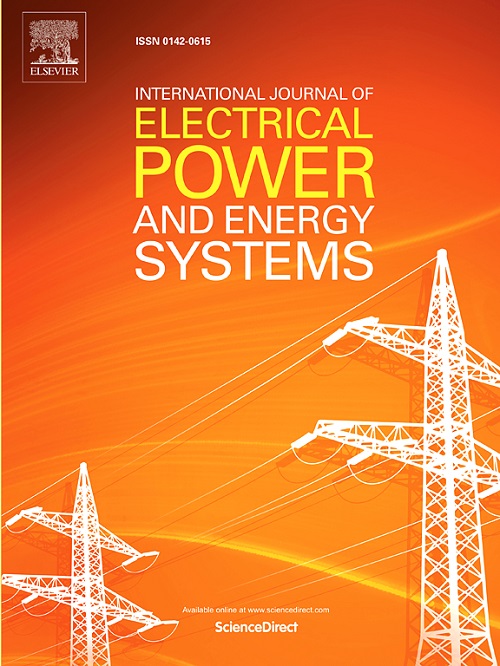Explainable modeling for wind power forecasting: A Glass-Box model with high accuracy
IF 5
2区 工程技术
Q1 ENGINEERING, ELECTRICAL & ELECTRONIC
International Journal of Electrical Power & Energy Systems
Pub Date : 2025-03-29
DOI:10.1016/j.ijepes.2025.110643
引用次数: 0
Abstract
Machine learning models (e.g., neural networks) achieve high accuracy in wind power forecasting, but they are usually regarded as black boxes that lack interpretability. To address this issue, the paper proposes a glass-box model that combines high accuracy with transparency for wind power forecasting. Specifically, the core is to sum up the feature effects by constructing shape functions, which effectively map the intricate non-linear relationships between wind power output and input features. Furthermore, the forecasting model is enriched by incorporating interaction terms that adeptly capture interdependencies and synergies among the input features. The additive nature of the proposed glass-box model ensures its interpretability. Simulation results show that the proposed glass-box model effectively interprets the results of wind power forecasting from both global and instance perspectives. Besides, it outperforms most benchmark models and exhibits comparable performance to the best-performing neural networks. This dual strength of transparency and high accuracy positions the proposed glass-box model as a compelling choice for reliable wind power forecasting.
风电预测的可解释模型:高精度玻璃盒模型
机器学习模型(如神经网络)在风力发电预测中具有很高的准确性,但它们通常被视为缺乏可解释性的黑盒子。针对这一问题,本文提出了一种兼具高精度和透明度的玻璃箱模型,用于风电预测。具体来说,其核心是通过构建形状函数来总结特征效应,从而有效映射风电输出与输入特征之间错综复杂的非线性关系。此外,预测模型还加入了交互项,以有效捕捉输入特征之间的相互依赖和协同作用。所提议的玻璃箱模型的可加性确保了其可解释性。仿真结果表明,所提出的玻璃箱模型能从全局和实例两个角度有效解释风电预测结果。此外,它的表现优于大多数基准模型,与表现最好的神经网络性能相当。透明性和高准确性的双重优势使所提出的玻璃箱模型成为可靠风电预测的有力选择。
本文章由计算机程序翻译,如有差异,请以英文原文为准。
求助全文
约1分钟内获得全文
求助全文
来源期刊
CiteScore
12.10
自引率
17.30%
发文量
1022
审稿时长
51 days
期刊介绍:
The journal covers theoretical developments in electrical power and energy systems and their applications. The coverage embraces: generation and network planning; reliability; long and short term operation; expert systems; neural networks; object oriented systems; system control centres; database and information systems; stock and parameter estimation; system security and adequacy; network theory, modelling and computation; small and large system dynamics; dynamic model identification; on-line control including load and switching control; protection; distribution systems; energy economics; impact of non-conventional systems; and man-machine interfaces.
As well as original research papers, the journal publishes short contributions, book reviews and conference reports. All papers are peer-reviewed by at least two referees.

 求助内容:
求助内容: 应助结果提醒方式:
应助结果提醒方式:


